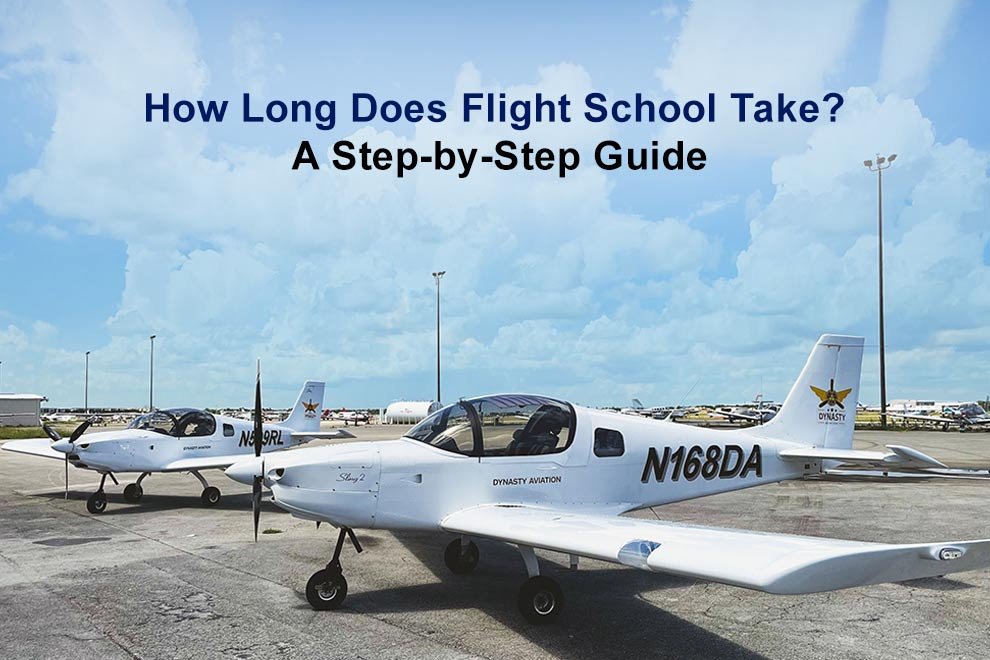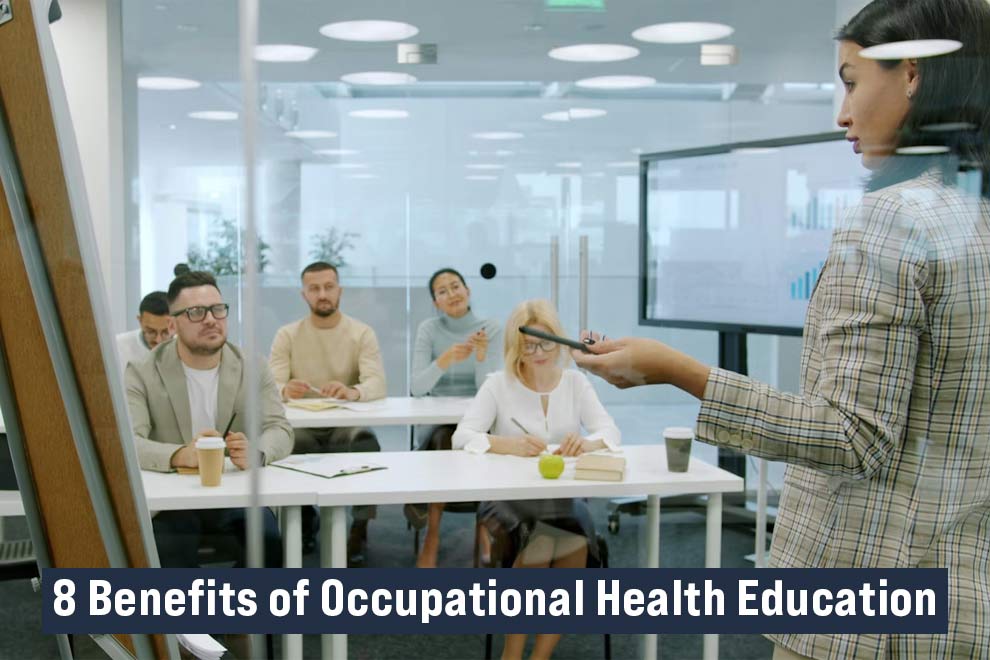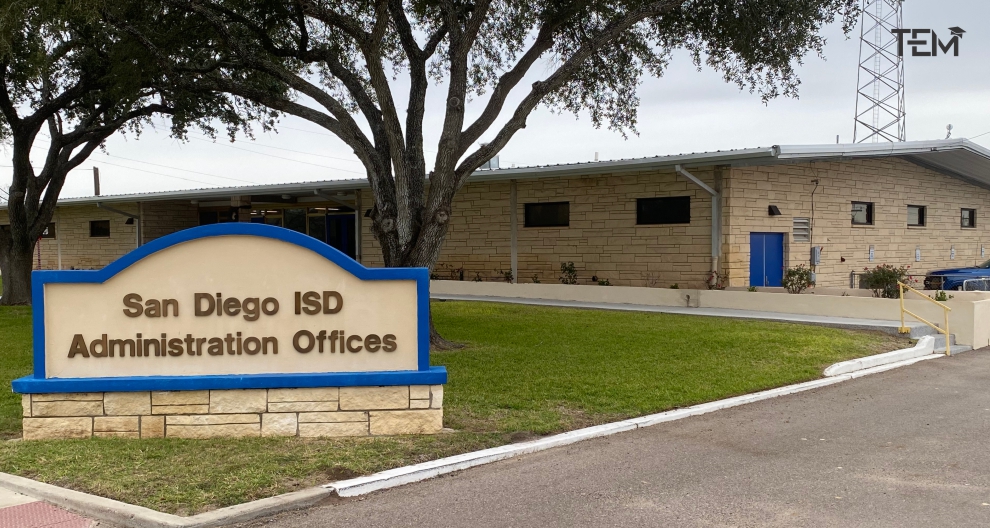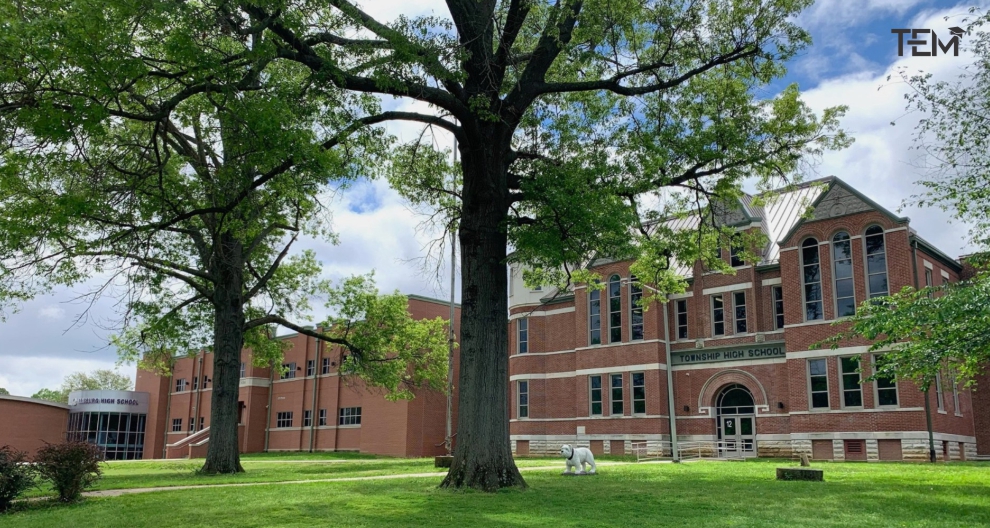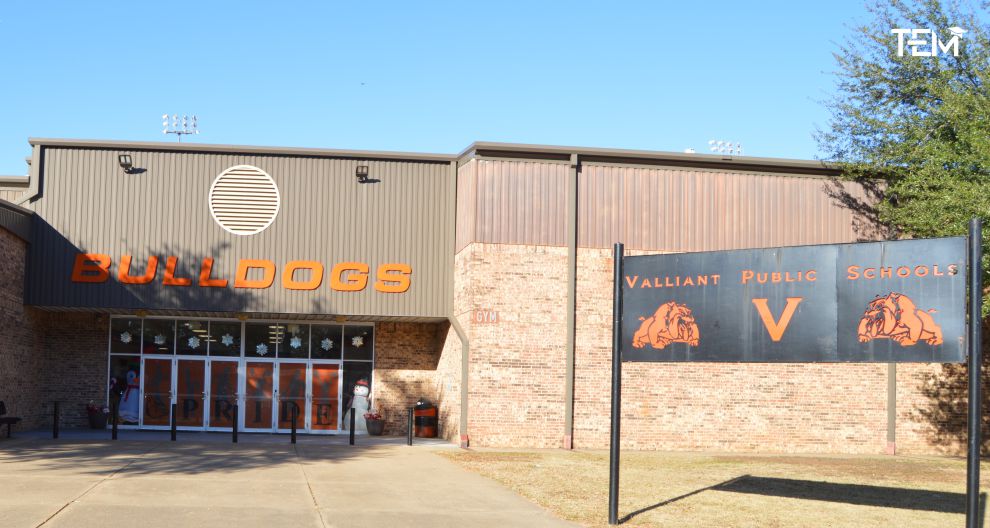You’ve always dreamed of soaring through the skies as a pilot. Maybe it’s the thrill of navigating above the clouds, the lure of international travel, or simply the prestige of being a captain. But before you can take off, there’s an important question to answer—how long does flight school take? The short answer is, of course, “it depends,” but don’t worry. This guide will break it all down for you step by step, offering clarity and actionable information to get you closer to achieving your aviation goals.
Whether you’re an aspiring pilot just starting to explore your options or a curious aviation enthusiast, this guide will answer your burning questions about the timeframe for flight school and what to expect along the way.
How Long Does Flight School Take? (Spoiler Alert: There’s No One-Size-Fits-All)
Here’s the truth—a number of factors influence how long flight school takes. These include the type of pilot license you’re working toward, your schedule, and the specific flight school you attend. But, generally speaking, here’s an estimated timeline for some of the most common pilot licenses:
- Private Pilot License (PPL): Typically takes 3 to 6 months if you’re training full-time or around 6 to 12 months if you’re training part-time.
- Commercial Pilot License (CPL): You’ll need roughly 6 to 18 months from start to finish, assuming you already have your PPL.
- Airline Transport Pilot (ATP) Certificate: The most advanced license, requiring an additional 12 to 24 months on top of earning your CPL and building necessary flight hours.
Keep in mind that your progress can vary based on your availability, learning pace, and how frequently you can fly (weather and budget permitting!).
Step-by-Step Breakdown of Flight School
Step 1: Ground School (1-3 Months)
Before you even step into the cockpit, you’ll need to complete ground school. This is where you learn essential aviation concepts like aerodynamics, weather patterns, navigation, and air traffic control procedures. Ground school can be completed in a classroom setting or online, offering flexibility depending on your schedule.
Many students finish ground school in about 1 to 3 months, but it’s possible to complete it faster if you’re extra dedicated. Just be prepared—a lot of it involves studying and memorizing terms that might initially feel like a foreign language. (Spoiler alert—you’ll get the hang of it!)
Step 2: Flight Training (3-12 Months)
Once you pass your FAA written exam (yay!), you’ll finally get into the sky during flight training. This is where the real fun—and learning—happens. You’ll train with a certified flight instructor (CFI) and practice the fundamentals, such as takeoffs, landings, and emergency procedures.
For a PPL, you’ll need to log 40 hours of flight time as a minimum, but most students average closer to 50 to 70 hours. If you’re training full-time, expect to complete this phase in about 3 to 6 months. If you’re balancing work, school, or family obligations, it may take closer to 6 to 12 months.
Step 3: Earning Your Private Pilot License (PPL)
Once you’ve completed your flight hours and mastered the necessary maneuvers, it’s time for the checkride—a combination of an oral exam and a final flight test with an FAA-certified examiner. Pass it, and congratulations! 🎉 You’re now a licensed private pilot.
Step 4: Building Flight Hours (6-12 Months)
If your goal is to become a commercial pilot, the next step is to build more flight hours. You’ll need a minimum of 250 logged flight hours to qualify for a CPL. Many students achieve this by working as a flight instructor, taking on cross-country flights, or even performing banner towing or crop dusting gigs.
Building these hours can take 6 to 12 months or more, depending on how frequently you’re able to fly. Time really flies (pun intended) during this phase since you’re gaining confidence and refining your skills.
Step 5: Obtaining Your Commercial Pilot License (6-18 Months)
Once you’ve reached 250 flight hours, you can begin working toward your CPL. This license allows you to fly for compensation, which means you can get paid for your skills—finally! The CPL training focuses on honing your advanced flying techniques and decision-making skills. This phase generally takes 6 to 18 months, depending on your schedule and the intensity of your training program.
Step 6: Becoming an Airline Transport Pilot (12-24+ Months)
If your dream is to work for an airline, you’ll need to earn your Airline Transport Pilot (ATP) certificate. This is the highest level of piloting certification and requires FAA approval, even after you earn your CPL. You’ll also need 1,500 total logged flight hours, which can take 12 to 24 months or longer to achieve, depending on how much you’re flying.
During this phase, many pilots work in regional airlines, cargo services, or private charters to gain the hours needed for ATP certification. Once you hit that magic number, you’re ready to take the checkride for your ATP—and open doors to flying for major airlines.
Factors That Impact Flight School Duration
While the above outlines the general process, it’s important to note that the timeline for flight school can vary widely. Here are some additional factors that can affect your progress:
- Your Schedule: Full-time students will complete flight school much faster than part-time learners balancing other commitments.
- Weather Delays: Unfortunately, weather isn’t always in your favor—rain, snow, and high winds can ground training flights.
- Financial Constraints: Flight school can be expensive, and budget limitations may delay how often you can fly.
- Flight School Program: Some flight schools offer accelerated programs that allow you to complete training in as little as a few months, while others have longer timelines that suit part-time learners.
Pro tip: Before enrolling in a flight school, consider what schedule aligns best with your goals and availability.
Why Patience Pays Off in Flight School
Attending flight school requires not only time but also dedication and perseverance. It can be overwhelming at times, especially when you’re balancing life’s other challenges. But remember this—every hour you invest in training brings you closer to living your dream of piloting an aircraft.
The key to success is staying focused, being adaptable, and taking it one step (or flight hour) at a time. Whether you’re earning your private pilot license to fly for fun or working toward becoming a commercial pilot, the experience itself is incredibly rewarding.
Ready to Take to the Skies?
If flight school is calling your name, now’s the time to take the leap and begin your piloting journey. Whether you’re aiming for a private pilot license or dreaming of flying commercial jets, the path may take time and effort—but the rewards are worth it.
Start researching flight schools in your area or consider speaking to recent graduates for insights. And always remember, every great pilot started exactly where you are now—on the ground, dreaming of what’s above the clouds.
Also Read: International Flight Operations Academy: Redefining the Flight Operations Training Experience
